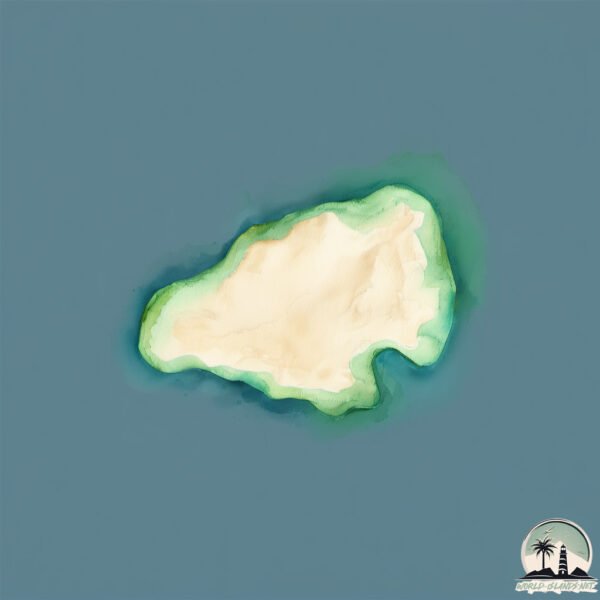Dryonísi

Welcome to Dryonísi, a Temperate island in the Aegean Sea, part of the majestic Atlantic Ocean. This guide offers a comprehensive overview of what makes Dryonísi unique – from its geography and climate to its population, infrastructure, and beyond. Dive into the details:
- Geography and Size: Explore the island’s size and location.
- Climate and Weather: Weather patterns and temperature.
- Topography and Nature: Uncover the natural wonders of the island.
- Infrastructure and Travelling: Insights on reaching, staying, and making the most of your visit.
- News and Headlines: Latest News.
Geography and size of Dryonísi
Size: 0.427 km²
Coastline: 2.8 km
Ocean: Atlantic Ocean
Sea: Aegean Sea
Continent: Europe
Dryonísi is a Tiny Island spanning 0.427 km² with a coastline of 2.8 km.
Archipel: Cyclades – A group of islands in the Aegean Sea, part of Greece, known for their iconic white-washed architecture, beautiful beaches, and rich history.
Tectonic Plate: Aegean Sea – Located in the eastern Mediterranean, this microplate is characterized by seismic and volcanic activity due to its interaction with the Eurasian and African Plates.
The geographic heart of the island is pinpointed at these coordinates:
Latitude: 36.99239468 / Longitude: 25.24074744
Climate and weather of Dryonísi
Climate Zone: Temperate
Climate Details: Hot-Summer Mediterranean Climate
Temperature: Hot Summer
Climate Characteristics: Characterized by hot, dry summers and mild, wet winters, typical of coastal areas with abundant sunshine.
Topography and nature of Dryonísi
Timezone: UTC+02:00
Timezone places: Europe/Mariehamn
Max. Elevation: 4 m
Mean Elevation: -4 m
Vegetation: Agricultural Mosaic
Tree Coverage: 85%
The mean elevation is -4 m. The highest elevation on the island reaches approximately 4 meters above sea level. The island is characterized by Plains: Flat, low-lying lands characterized by a maximum elevation of up to 200 meters. On islands, plains are typically coastal lowlands or central flat areas.
Dominating Vegetation: Agricultural Mosaic
A mix of cropland and natural vegetation, often seen in rural landscapes where agricultural fields are interspersed with patches of natural habitats. Dryonísi has a tree cover of 85 %.
Vegetation: 2 vegetation zones – Low Diversity Island
Islands with two distinct vegetation zones offer slightly more ecological variety. These zones could be due to differences in elevation, moisture, or other environmental factors. While still limited in biodiversity, these islands may offer a contrast between the two zones, such as a coastline with mangroves and an inland area with grassland.
Infrastructure and Travelling to Dryonísi
Does the island have a public airport? no.
There is no public and scheduled airport on Dryonísi. The nearest airport is Paros National Airport, located 14 km away.
Does the island have a major port? no.
There are no major ports on Dryonísi. The closest major port is NISOS NAXOS, approximately 18 km away.
The mean population of Dryonísi is 59 per km². Dryonísi is Gently Populated. The island belongs to Greece.
Continuing your journey, Paros is the next notable island, situated merely km away.
Greece is classified as Developed region: nonG7: Developed economies outside of the Group of Seven, characterized by high income and advanced economic structures. The level of income is High income: OECD.
News – Latest Updates and Headlines from Dryonísi
Stay informed with the most recent news and important headlines from Dryonísi. Here’s a roundup of the latest developments.
Please note: The data used here has been primarily extracted from satellite readings. Deviations from exact values may occur, particularly regarding the height of elevations and population density. Land area and coastline measurements refer to average values at mean high tide.
